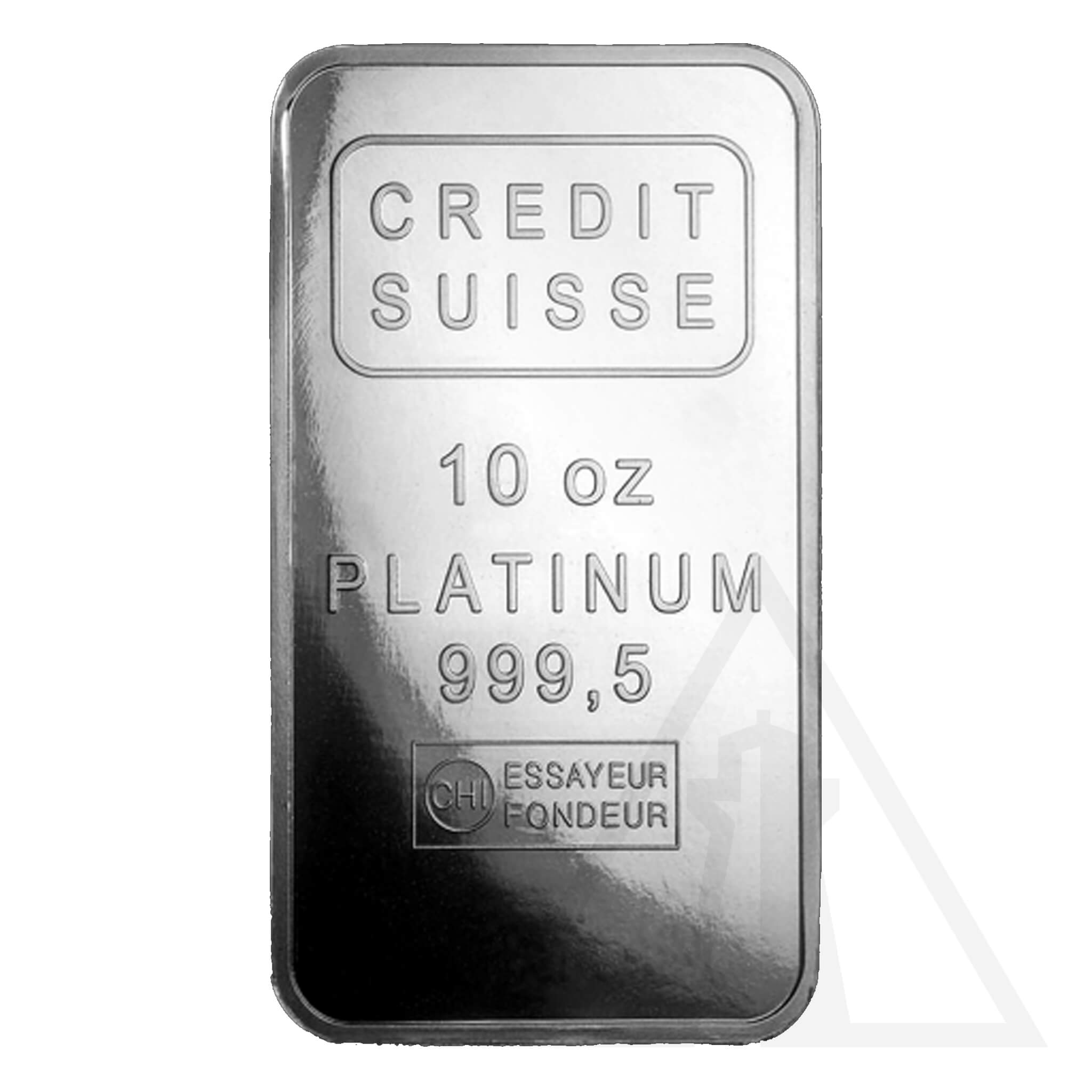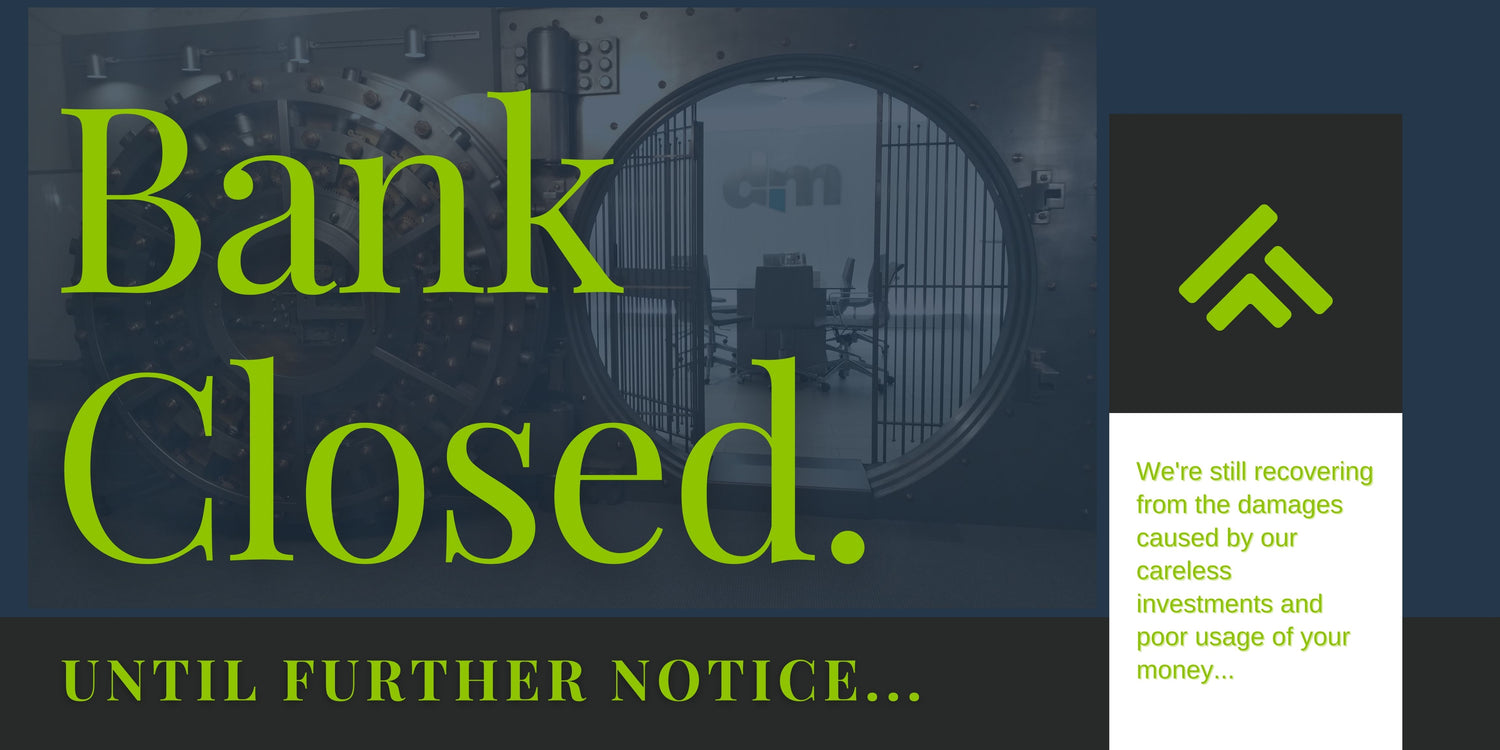It would be a good time to enlighten everyone on what we know about bank crashes and their possibility here in Canada. Especially in light of the most recent SVB bank crash and two other smaller banks in the U.S., I felt it necessary to connect on this topic.
The Canada Deposit Insurance Corporation (CDIC) is a federal Crown corporation established in 1967 to provide Canadian deposit insurance. The CDIC's mandate is to protect depositors in case of a bank failure and promote stability in the Canadian financial system.
In the event of a bank failure, the CDIC provides deposit insurance coverage to eligible deposits held with member institutions. Eligible deposits are defined as Canadian dollar deposits that are payable in Canada and held in savings, chequing, term deposits, and certain other types of accounts.
The CDIC's coverage is limited to $100,000 per depositor per insured category at each member institution. Insured categories include savings, chequing, and term deposits, among others. It's important to note that deposits in different categories, such as savings and chequing accounts, are separately insured up to the $100,000 limit.
In addition to deposits, the CDIC also provides insurance coverage for certain types of registered accounts, such as Registered Retirement Savings Plans (RRSPs), Registered Retirement Income Funds (RRIFs), and Tax-Free Savings Accounts (TFSAs). The coverage limit for these registered accounts is $100,000 per depositor per insured category at each member institution.
The CDIC's coverage also extends to foreign currency deposits. Still, the coverage limit is $100,000 in Canadian dollars, equivalent to the foreign currency deposit at the time of the bank failure. If a depositor holds a foreign currency deposit worth more than $100,000 in Canadian dollars, only the first $100,000 will be insured.
It's important to note that not all financial institutions are members of the CDIC. To be eligible for CDIC insurance, a financial institution must be a member of the CDIC and display the CDIC logo in its branches and on its website. As of September 2021, there were 81 member institutions of the CDIC.
In the event of a bank failure, the CDIC will work with the failed institution to ensure that depositors receive their insured deposits as quickly as possible. If a deposit is not insured, the CDIC will work with the failed institution to return as much of the deposit as possible to the depositor. This is what the paper trail on this topic at least states.
While the Canada Deposit Insurance Corporation (CDIC) provides deposit insurance coverage for eligible deposits in case of a bank failure, there are certain types of deposits and financial products that the CDIC does not cover. Here are some examples:
Investments: The CDIC does not provide coverage for investments, such as stocks, bonds, and mutual funds (Held outside of the registered account). These products are not considered deposits and therefore are not eligible for CDIC insurance.
Foreign currency deposits exceeding $100,000: While the CDIC covers foreign currency deposits, the coverage limit is $100,000 in Canadian dollars. If a depositor holds a foreign currency deposit worth more than $100,000 in Canadian dollars, only the first $100,000 will be insured.
Cryptocurrencies: Cryptocurrencies, such as Bitcoin and Ethereum, are not considered deposits and therefore are not covered by the CDIC.
Safety deposit boxes: The CDIC does not cover the contents of safety deposit boxes. It's important to note that the financial institution may have its own insurance policy for the contents of safety deposit boxes, but the CDIC does not provide this.
Loans and mortgages: The CDIC does not cover loans and mortgages. If a bank fails and a depositor owes money to the bank, they will still be responsible for repaying that debt.
It's important to note that even if the CDIC does not cover a deposit or financial product, it may still be protected by other means. For example, investment accounts may be protected by the Canadian Investor Protection Fund (CIPF), which provides coverage for certain types of investments. Additionally, some financial institutions may offer their own insurance policies for specific products or services.
So how is it that Canadians have not experienced problems like those seen in the Silicon Valley Bank (SVB) crisis?
The reason is not that Canada has more competent bankers or better regulators. Instead, the Canadian public and their elected officials in Ottawa believe that having a smaller number of well-capitalized and well-regulated national banks, with appropriate political oversight, is the best way to protect depositors' savings and the economy. The trade-off is that there is less competition for the consumer, and less competition leads to higher overall user fees.
This approach to managing banking risks was adopted as a conscious policy path after 50 years of disappointment with smaller regional banks and has been in place since the 1920s. Although it briefly deviated from the 1970s with the creation of two Western Canadian-based banks (Canadian Commercial Bank and The Northland Bank), the failure of these tiny institutions in 1985 reinforced the wisdom of the policy path taken in the 1920s.
However, above and beyond this, you must consider balancing your wealth to prevent the error of having too much in any one institution or account. If you have accounts over $100,000, then consider spreading those accounts out.
Consider diversifying your wealth using hard assets such as physical gold and silver. They are liquid and in good shape. You are still buying something at a reasonable price just above its production cost in silver. Remember that both gold and silver have zero third-party counter risk.
It is no longer enough to hope that the decades of normalcy and quietness in the Canadian banking system will continue to trudge on without fail. Make smart decisions that provide you with a barrier from the fallout. While on the outside, it appears Canadian banks are indeed a more competent set of institutions than their Southern Brothers and Sisters, nothing can change the outcome of value quicker than the loss of confidence by a people or population. Stay aware of where your money is and what it is doing.
Yours to the penny,
Darren Long
Director, Delta Harbour Assets







